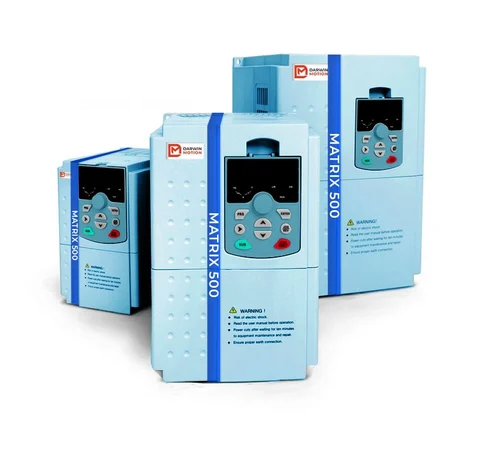Posted on 7th Oct 2024

Variable Frequency Drives (VFDs) have revolutionized the way industries operate, particularly when it comes to driving electric motors. Among the many applications of VFDs, their integration with compressors has become increasingly vital in enhancing efficiency, reducing energy consumption, and improving overall performance. This article delves into the role of VFD for compressors, their benefits, and considerations for implementation.
A Variable Frequency Drive (VFD) is an electronic device that controls the speed and torque of an electric motor by varying the frequency and voltage of the power supplied to it. This technology allows for precise motor control, leading to significant energy savings and enhanced operational efficiency. In compressor applications, VFDs can adjust the motor speed to match the system demand, rather than operating at a constant speed.
Compressors are critical components in various industrial processes, including refrigeration, HVAC systems, and manufacturing operations. They work by converting electrical energy into mechanical energy to compress gases, thereby increasing their pressure. Traditional compressors often run at a fixed speed, leading to inefficiencies, especially in applications where demand fluctuates.
One of the most significant advantages of using a VFD with a compressor is improved energy efficiency. By adjusting the motor speed to match the actual demand, VFDs can reduce energy consumption. Studies have shown that implementing VFDs can lead to energy savings of 20% to 50% compared to traditional fixed-speed compressors.
VFDs provide precise control over compressor operation, allowing for smooth adjustments in speed and pressure. This flexibility is essential in processes where demand varies, helping to maintain optimal operating conditions without the need for frequent start-stop cycles.
Operating a compressor at a constant speed can lead to excessive wear and tear on components. VFDs minimize this impact by allowing for gradual acceleration and deceleration, reducing mechanical stress and prolonging the lifespan of the equipment.
With reduced wear and tear and fewer start-stop cycles, maintenance requirements and associated costs can be significantly lowered. This leads to less downtime and more reliable operation.
VFDs can be integrated with advanced monitoring and control systems, providing real-time data on performance and efficiency. This integration allows for better decision-making and proactive maintenance strategies.
While the benefits of VFDs are substantial, there are several considerations to keep in mind when implementing this technology:
Ensure that the compressor motor is compatible with VFD technology. Not all motors are designed for variable frequency operation, so it’s essential to verify specifications and requirements.
VFDs can introduce harmonics into the electrical system, potentially affecting power quality. It’s important to assess the electrical infrastructure and, if necessary, implement filters to mitigate harmonic distortion.
While the initial investment in VFD technology can be significant, the long-term savings in energy and maintenance costs often justify the expenditure. Conducting a cost-benefit analysis can help determine the return on investment.
Implementing VFDs may require specialized knowledge for setup, programming, and maintenance. Investing in training for personnel ensures that the system is operated efficiently and effectively.
The integration of Variable Frequency Drives with compressors presents a compelling case for industries looking to improve efficiency, reduce costs, and enhance operational control. As energy efficiency becomes increasingly important in today’s industrial landscape, VFDs offer a practical solution to meet fluctuating demands while minimizing energy consumption. With careful consideration and planning, businesses can leverage this technology to gain a competitive edge and achieve long-term sustainability goals.